To say that Sardinia is a magical island sounds like the usual cliché. In reality, everything here is truly imbued with a thousand-year-old culture.
More or less hidden, it has come down to us and survives in superstitious rites, folklore, customs and solemn rituals to which the community is very attached, especially for celebrating religious festivities.
If you'll visit this island, you will find many objects in its handicraft shops, the significance of which you will only understand from reading this article. Typical jewellery, knives and costumes derive from an ancient, sometimes ancient tradition, which often merges with the magic that comes alive in popular festivals.
That is why a Sardinian handmade product is not just an object, but it boasts a fascinating story to tell and its own symbolism.
We have created a 7-stages themed itinerary, an adventure through the villages and towns of North Sardinia to discover the best local handicraft.

Handicraft North Sardinia: discover the authetic soul of local tradition
🥇 Visit Italy’s brand partnership
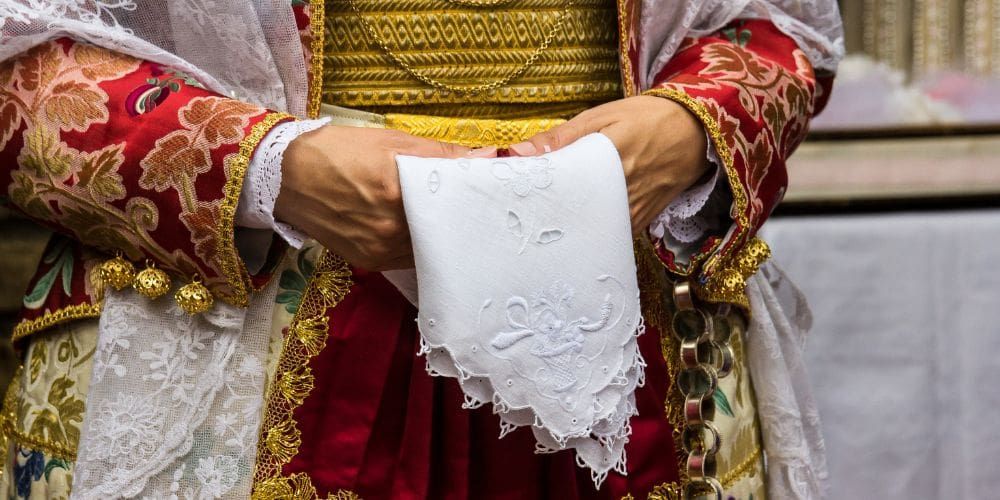
Handicraft in North Sardinia is not just a working activity, but an authentic expression of the island's soul: each creation is a small masterpiece that carries with it the essence of the region and its inhabitants.
North Sardinia is a veritable treasure chest of creativity, where craftsmanship takes on a thousand nuances, a perfect blend of tradition and innovation: this is why Sardinian creations are considered a priceless heritage.
The artefacts are not only of artistic value, but are also relevant for the local economy. In fact, Sardinian handicrafts are appreciated all over the world and contribute to enhancing the territory. They represent the local culture and are much appreciated and sought after by tourists.
They are also protagonists in the various events organised on the island, iconic traditional events that you can find in the calendar of Salude & Trigu: discover all the opportunities for fun and cultural enrichment!
Check out Salude & Trigu, the program of events in North SardiniaHandicraft North Sardinia: 7 unmissable places and handmade products
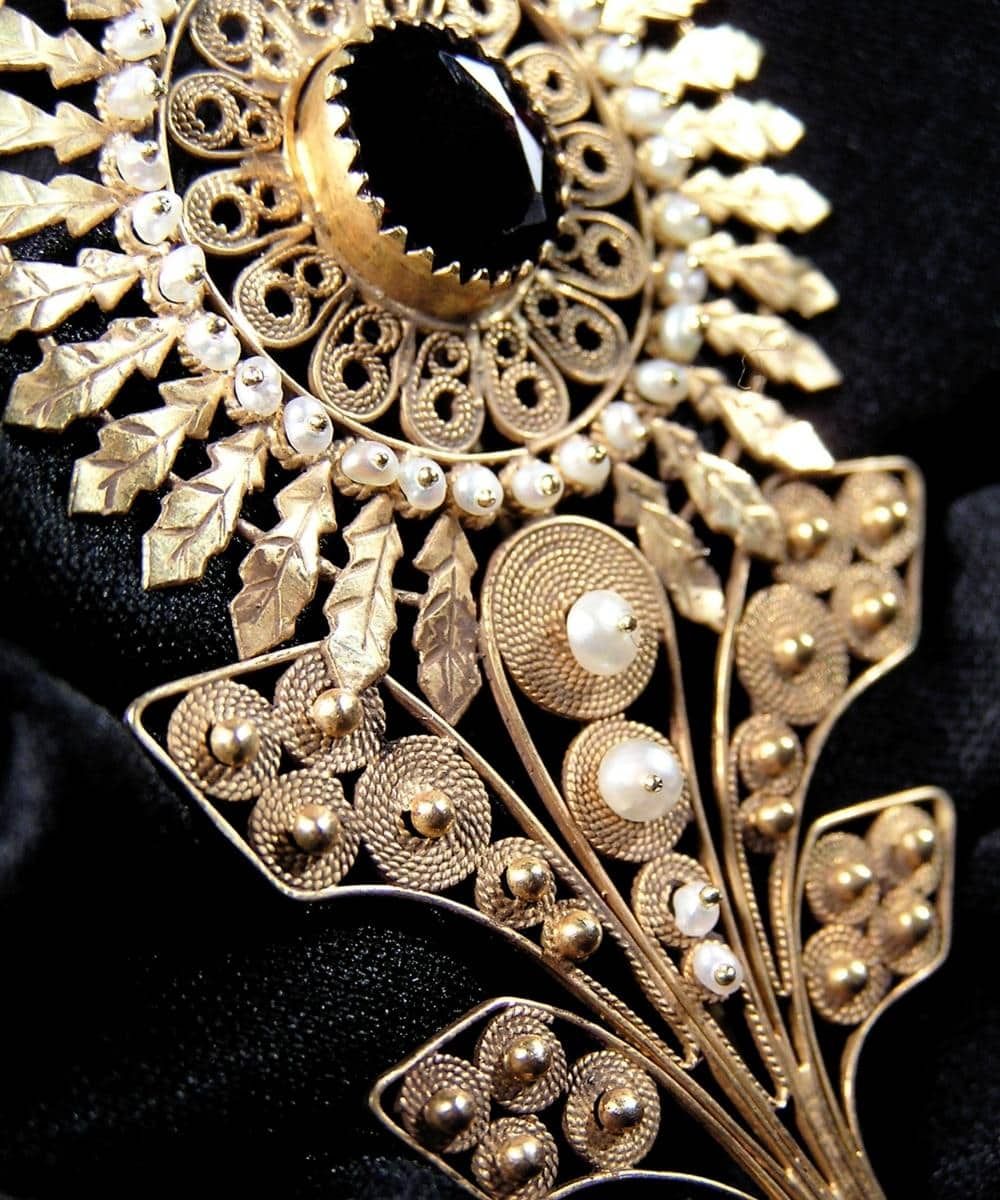
This is how, in this wonderful island, very ancient rituals and beliefs spawn from everywhere.
And that is why buying handicfrat from North Sardinia will be a way to take home with you a little piece of a land where magic is a regular, where everything is surprising, but where everything is possible too.
Here are the 7 stops on the itinerary dedicated to sardinian handicfrat:
· Castelsardo: filigree jewellery created by fairies
· Sennori: Sardinian baskets of agro-pastoral culture
· Pattada: the authentic Sardinian knife
· Ittiri: the charm of traditional Sardinian costumes
· Aggius and Nule: the art of the Sardinian carpet
· Calangianus: the cork capital of Sardinia
· Alghero: a coral as red as the sun
7. Castelsardo: filigree jewellery created by fairies
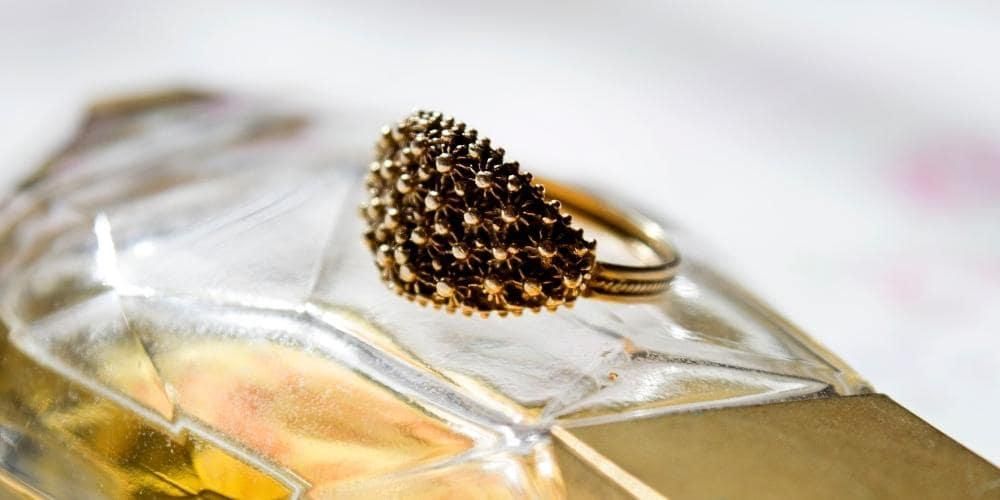
We begin our itinerary from Castelsardo, iconic gem of the region and one of the most beautiful villages in northern Sardinia. The hamlet suddenly appears as you drive along the curves of the coast road, with houses sloping gently down to the sea and, at the top, the Doria Castle.
It is one of the North Sardinian towns with the most shops selling handicrafts from all over the island. Still, it is also certainly one of the reference points for Sardinian goldsmith art.
An ancient legend, set in Nuragic era, tells of little fairies called Janas who forged jewellery with delicate and precious weaves by weaving a thin thread of gold: the filigree. Under the dim light of the moon, hidden in their 'Domus' carved into the rock, these creatures worked tirelessly at their looms, making magical objects of sacred value.
The most famous of these is undoubtedly the Sardinian wedding ring. If a man gave this ring to his beloved, it would keep the couple together for life. The small spheres of its decoration represent wheat grains and a good omen for the future.
6. Sennori: Sardinian baskets of agro-pastoral culture
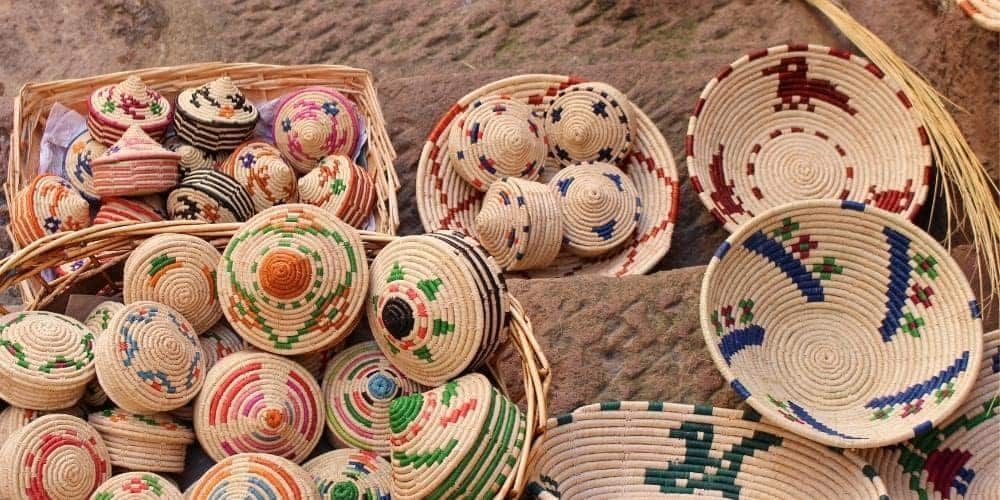
The art of weaving vegetable fibres has been part of Sardinian customs and traditions since prehistoric times. In various villages on the island, it is still practised and handed down from generation to generation.
The guardians of this art are the women, who dedicate themselves to creating baskets of all shapes (baskets, pòntine and corbule) generally worked in spirals and embellished with colourful decorations.
These objects are a legacy of Sardinian agro-pastoral culture. Their shape varied according to function, but they were usually used to store food such as bread and cheese.
Among those towns in Northern Sardinia where this art is still practised are Sennori and Castelsardo, both in the province of Sassari. Castelsardo, in particular, is known for its baskets made exclusively by hand. Here, Doria Castle hosts the Museo dell'Intreccio Mediterraneo, a museum dedicated to the ancient Art of Braiding.
Nowadays, the baskets of Castelsardo are made with raffia because the original dwarf palm is a protected species. In contrast, the baskets of Sennori are made with asphodel.
The Sardinian basket is a true symbol that unites the entire island, so much so that it was chosen as the official logo of Salude & Trigu, the cultural and folkloristic events campaign promoted by the Sassari's Chamber of Commerce which makes Sardinia an unmissable destination all year round, discovering its purest soul among the hinterland, coastal villages and ancient traditions.
5. Pattada: the authentic Sardinian knife
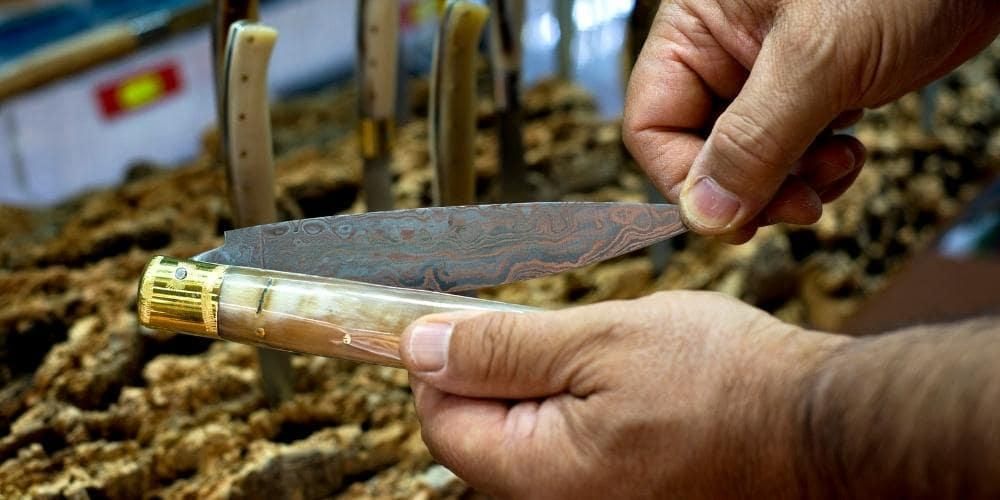
Pattada is a small village in the heights of Logudoro, famous for producing exclusive folding knives called 'resolza pattadesa', coveted by collectors worldwide.
The ancestor of this knife (sa leppa de chintu) has always been part of the Sardinians traditional accessories. We can find the earliest evidence of its existence in the bronze figurines of the Nuragic civilisation (between the Middle Bronze Age and the Iron Age).
People dedicated to hunting and warfare, shepherds and breeders, and skilled forgers also carried the knife as a faithful companion in duels and settling scores. But it also played a role in the customs of ancient Sardinian engagements: when the man gave the woman the typical 'maninfide' ring, she reciprocated by giving him a knife with a mouflon horn or bone handle.
Over time, leppa de chintu has reduced in size to become the Sardinian switchblade as we know it today, but it is still perfect for hunting, carving wood and cork or cutting food.
The resolza (or arresoya) is an authentic artistic artefact that master artisans make with a handle made of different materials such as horn, carved wood, precious metals or bone.
The resolza pattadesa bears the DOCG mark and has a handle made of two horn parts joined by a central steel core. It has a 12-centimetre-long myrtle leaf-shaped blade, and its most common models measure just over 20 centimetres when open.
4. Ittiri: the charm of traditional Sardinian costumes
In Sardinia, almost every village and town has its traditional dress. There are more than 400 different models and that of Ittiri, in the province of Sassari, is among the most beautiful on the entire island.
These costumes are precious garments, fascinating witnesses to the history of a sun-kissed land, which indicated both the place of origin and the wearer's social class. They are made of precious fabrics (such as silk and brocade), embellished with elaborate embroidery and 'sas prendas', the traditional Sardinian jewellery.
They were often considered amulets with magical and religious powers and were handed down from generation to generation. There are also different variants of dresses: the everyday dress, the gala or wedding dress, and the mourning dress.
Today we can see them paraded in all their beauty at popular festivals. Although they are different, they have some common characteristics. The women's costume always includes a veil, shawl or cape, long skirt and embroidered apron. On the other hand, men wear the 'berrita' (the traditional dark headgear), 'le ragas' (a short black pleated skirt) with white linen trousers underneath and legwarmers made of untreated black sheep's wool.
In Ittiri, some elderly ladies still dress daily in the village costume as it used to be done in the past, albeit somewhat updated from the classic one.
The peculiarity that makes the traditional women's dress of Ittiri so beautiful is its precious set of jewellery, including the majestic buttonhole of twenty silver filigree buttons.
The best ways to discover all the charm of Sardinian costumes are to visit the Costume Museum in Nuoro and attend traditional festivals, where traditional clothes are often the protagonists of parades or dances.
3. Aggius and Nule: the art of the Sardinian carpet
Carpet and tapestry work is a tradition in several centres on the island. Still, each place boasts products with different particularities: it is one of the activities that represent Sardinian craftsmanship.
When we look at a carpet, we must not forget that its weave, patterns and processing technique contain the memory of ancient history that in Sardinia goes back to Roman times.
Aggius is the most famous town in Gallura for carpet production. It is home to the Oliva Carta Cannas Ethnographic Museum containing 'La Mostra Permanente del Tappeto Aggese' (The Permanent Exhibition of the Aggius Carpet). Here you can admire beautiful carpets and watch a demonstration of ancient textile art. The rugs of Aggius are colourful, of considerable size, in linen and, above all, in carded wool.
Another municipality in northern Sardinia famous for its textile art is Nule, known for its Sardinian wool carpets woven on vertical looms. The characteristic feature of its carpets is the so-called 'flame decoration', that are brightly coloured rhomboid geometric patterns that represent the family hearth and the passionate feeling.
In the case of carpets, too, as in practically everything when it comes to Sardinia, superstitious and solemn rituals play their part. In Nule, carpet weaving involved a series of rules and symbolic gestures to respect.
Among these is 'su mendhu': the weaver's work was considered so important that, on delivery of the finished carpet, in addition to the agreed pay, it was customary to give her a gift of various kinds. This act was meant to be a good omen so that she would never lose the strength in her arms needed to work.
2. Calangianus: the cork capital of Sardinia

Undoubtedly, travelling through the Sardinian hinterland, you will see cork oaks shaped by the wind stripped of their bark. Their red trunk, interrupting the dark green and brown of the Gallura countryside, will remain imprinted in your mind as one of Sardinia most authentic landscapes.
For over two centuries, cork has been used here as a raw material for various uses and the greatest concentration is in Gallura. The town of Calangianus, in particular, is considered the 'cork capital' and is home to around 150 craft businesses in the sector.
Cork has many uses, from the corks that Calangianus exports worldwide to the bottles of Mumm and Moet & Chandon, as well as the production of floats, insulating coatings and, of course, the many traditional products beloved by so many tourists.
It is worth visiting the Cork Museum in Calangianus, housed inside the 18th-century Capuchin Convent, to learn more about the world of cork and its processing techniques. A two-storey exhibition awaits you, where you can admire the ancient machines and tools used to process the material and a part dedicated to sardinian handicraft products.
1. Alghero: a coral as red as the sun
We conclude our itinerary with Alghero and its red coral as intense as the setting sun. And it is no coincidence that right here it is possible to admire one of the most romantic sunsets in North Sardinia.
The city, among the most beautiful to discover in this magical land 'capital' of the so-called Riviera del Corallo (Coral Riviera), is inextricably linked to this treasure of the sea, of which its underwater caves and seabeds abound.
Alghero is a small jewel set in north-western Sardinia and it rises in a unique environmental context, including the Porto Conte Natural Park and the Capo Caccia-Isola Piana Marine Reserve. It is called 'the Sardinian Barceloneta' because of its Spanish influences, evident in the appearance of its historic centre, its dialect and its Easter traditions, but it is also a popular destination for seaside tourism.
Strolling through the old town's narrow streets, you will find plenty of local craft shops where to buy jewellery and objects made from Alghero's Corallum Rubium, one of the most valuable in the Mediterranean. The city's Coral Museum is dedicated to this local wonder.
The tradition of coral fishing and processing has ancient origins here in Alghero, perhaps even predating Roman times. Throughout history, coral jewellery has also played an essential role in Sardinian folklore, adorning typical female costumes. Here, imbued with augural and superstitious meanings, it was a symbol of wealth traditionally combined with gold or pearls and diamonds.
About the author
Written on 22/09/2024

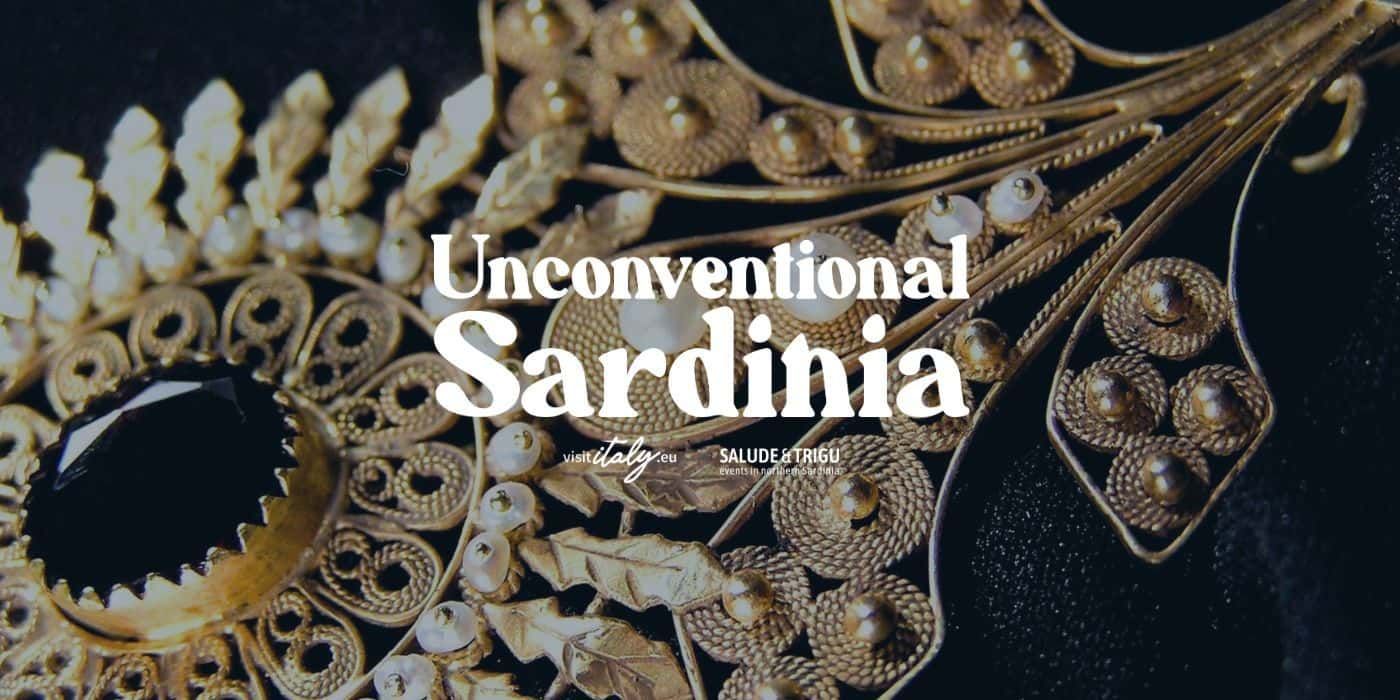

Chiara Musino
Discover the handicraft of North Sardinia with an itinerary exploring seven villages home to unique artifacts and precious traditions.